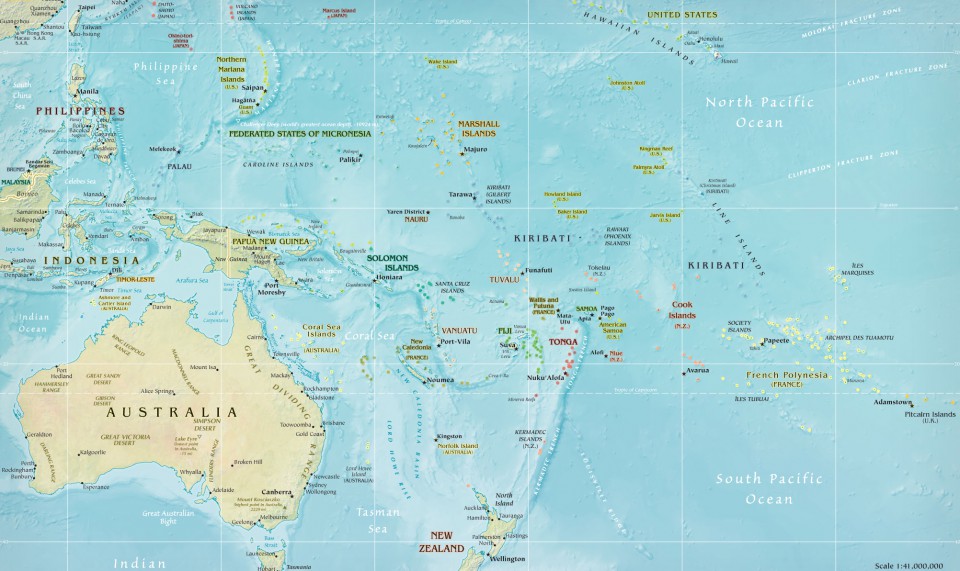Tags
000 jewish refugees into Australia, Anita Muhl, Child Development, Government policy concerning jewish refugees in Australia, refugees, Stanley Bruce argues for the admission of 15, State and Federal Government issues
I would be very grateful to you if you would be kind enough to give me some idea of the possible chances for me to find work..either in connection with a children’s clinic, or in a child welfare centre, training college, nusery school etc (Ilse Hermann to Christine Heinig, 10 June 1939).
On 10 June 1939 the Viennese child psychologist Ilse Hellmann wrote to an American colleague Christine Heinig, appealing for help to emigrate to Australia. Eighteen months earlier Heinig had taken up the post Principal of the Melbourne Kindergarten Training College. Hellmann, aged 30, an Austrian Jew from Vienna was working in London as the co-director at Charlotte Buhler’s Parents’Institute of Psychology for Subnormal Children in Rowland Gardens, in Kensington.
Hellmann was on her own. Buhler had first fled Austria for London after the Anchluss in March 1938. She subsquently immigrated to the United States after her husband, imprisoned in Oslo for his anti Nazi stand, was released in October 1938. Nor could she return to Austria. After Kristallnacht on 11 November 1938 the Nazis had decreed that Jews could to leave Germany for any country for which they had an entry visa. But Britain closed its borders to European Jewish males. Women and children were accepted provided the women took up employment in service. Hellmann was one of the luckier ones. Already working in London it was, for her, a matter of finding another place to go should she not be able to remain.
At the time she wrote to Heinig Members of Hellmann`s family were immigrating to Australia. Records from the National Archives of Australia show that Ernst Richard Hellmann together with his wife, Anne Marie and daughter Christine Ilse, had been issued with a passport from the German Embassy in London and were awaiting an entry visa for Australia. Ernst Richard Hellmann had found sponsorship from a grazier Douglas Caird Campbell in Gunnedah, New South Wales. He would be working on 4000 acres property.
Hellmann’s letter was passed on to fellow American, psychiatrist Dr Anita Muhl who had arrived in Melbourne for a two year consultancy in child and adult psychology less than nine months before. Sponsored by philanthropist Una Cato, Muhl had had to find her way into local medical, psychiatric and psychology circles, building trust well enough for her expertise to be sought. She fowarded Hellmann`s letter to a State government body, the Victorian Council for Mental Hygiene writing,
I think the only thing I can do is ask certain members of the Council…to say what you think her chances are of finding work here… You will see that her letter is dated 10th June 1939, but Miss Heinig tells me that the outbreak of war has only made Miss Hellmann more anxious to come to Australia.
The reply, dated 6 November 1939, was kindly if not entirely encouraging. There was room and need for the sort of person you are mentioning. Indeed we have another fine Viennese here at present, Mrs Lacerta Finton who has spendid training and experience.*
If there was any suggestion or reply to Hellmann this has not been found.
At the moment Anita Muhl received Hellmann’s letter the Australian government was organizing its response to the refugee crisis. Of the Dominions New Zealand did not accept any refugees; Canada and South Africa both accepted a limited number. In Australia after the former Prime Minister, Stanley Bruce, then High Commissioner in London, recommended that Australia take 30,000 refugees. The government halved the number advising the High Commissioner on 1st December 1939 that Australia would accept 15,000. We do not know whether Hellman’s request reached the Department of Interior.
In the end Hellmann did not immigrate to Australia. She commenced training as a psychoanalyst in 1942, became an associate member of the British Pychoanalytical Society in 1945 and a full member in 1952. From 1955 she was a leading figure in the Anna Freudian Group. Her letter to her colleague in Australia reflects the desperation of the thousands if not millions of dispossessed people seeking sancturary from the terrors of Nazism.
*Maria Lacerta Finton, also Austrian, had arrived in Melbourne on the 25th September 1939. She subsequently worked as a nurse at the Royal Women’s Hospital and, from 1958 to 1968 at the Victoria’s Social Welfare Department.
References:
Letter from Ilse Hellmann to Christine Heinig, 10 June 1939;Reply from Director, Victorian Council for Mental Hygiene, 6 November 1939; Dr Anita Muhl, Correspondence, 1939-1941, Box 1766/2, State Library of Victoria, Australia.
Louise London (2000), Whitehall and the Jews, Oxford, Oxford University Press.
Hellmann, Ernst Richard, NAA: A12508/21/1849, National Archives of Australia, http://www.naa.gov.au
